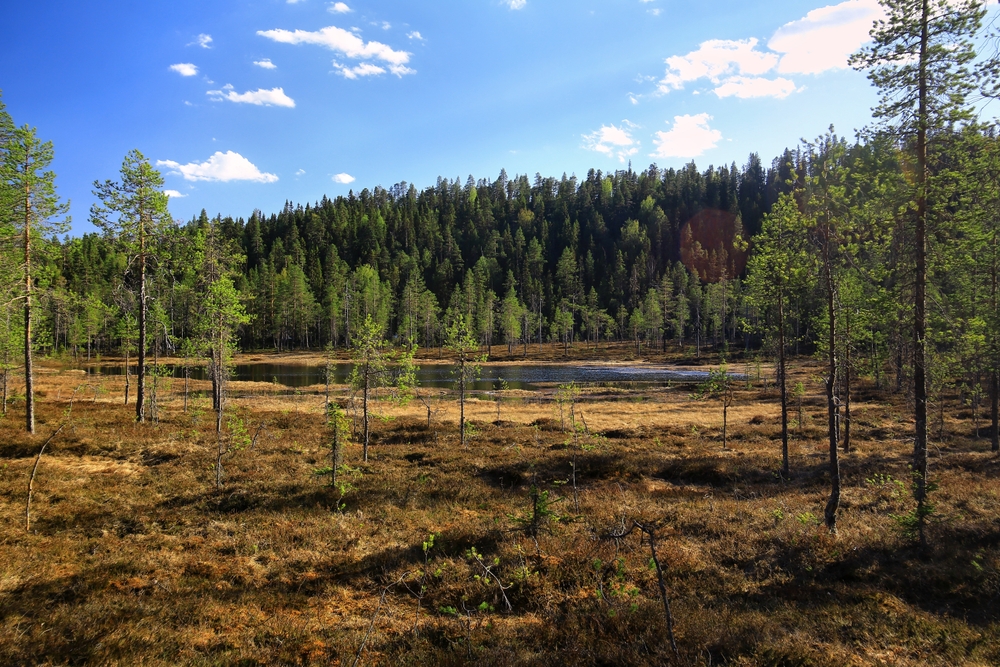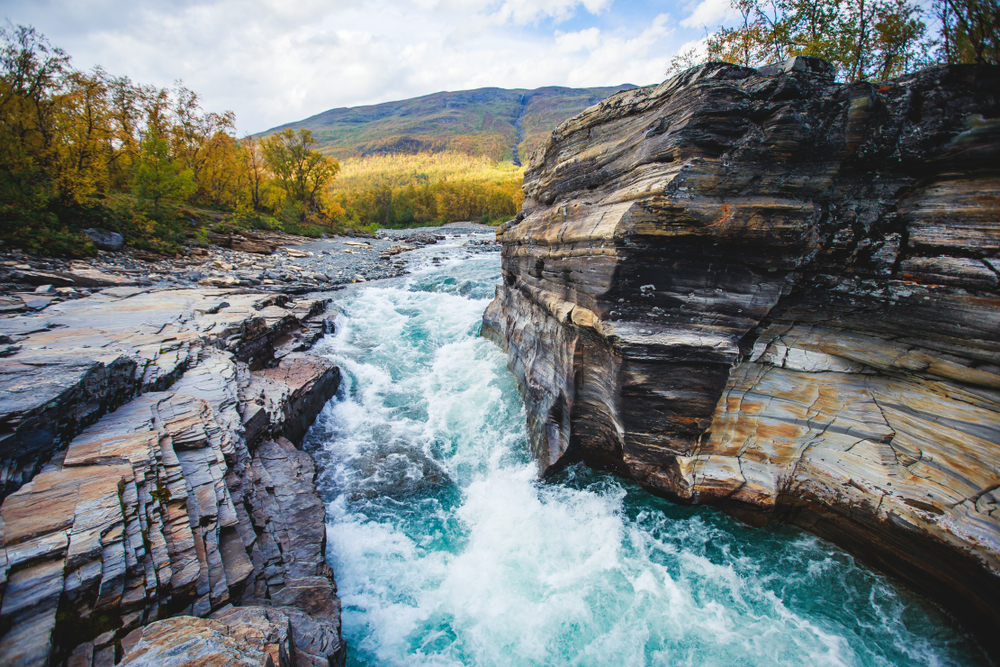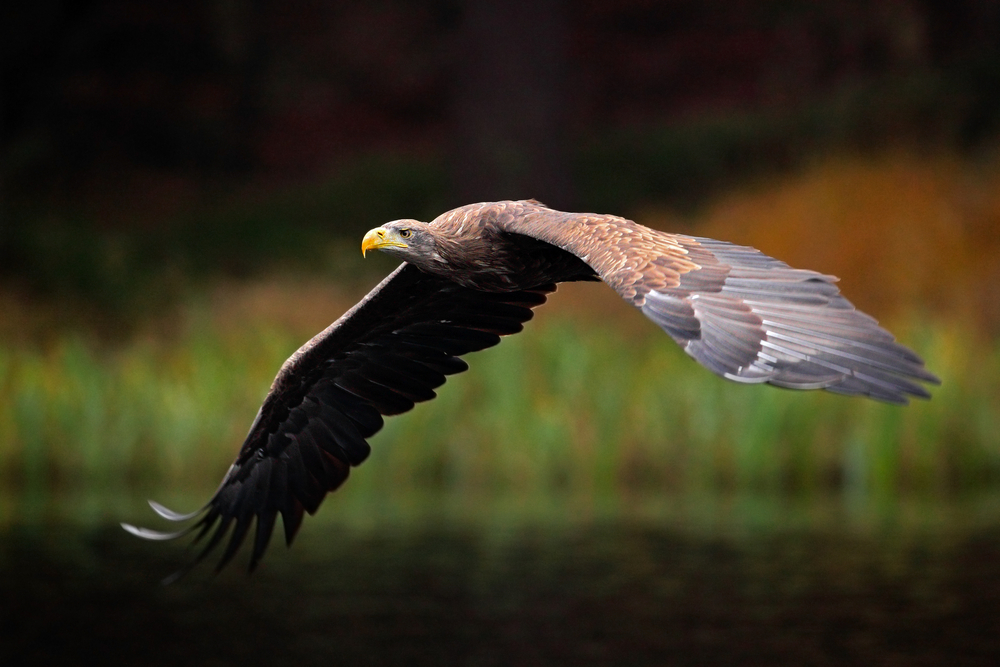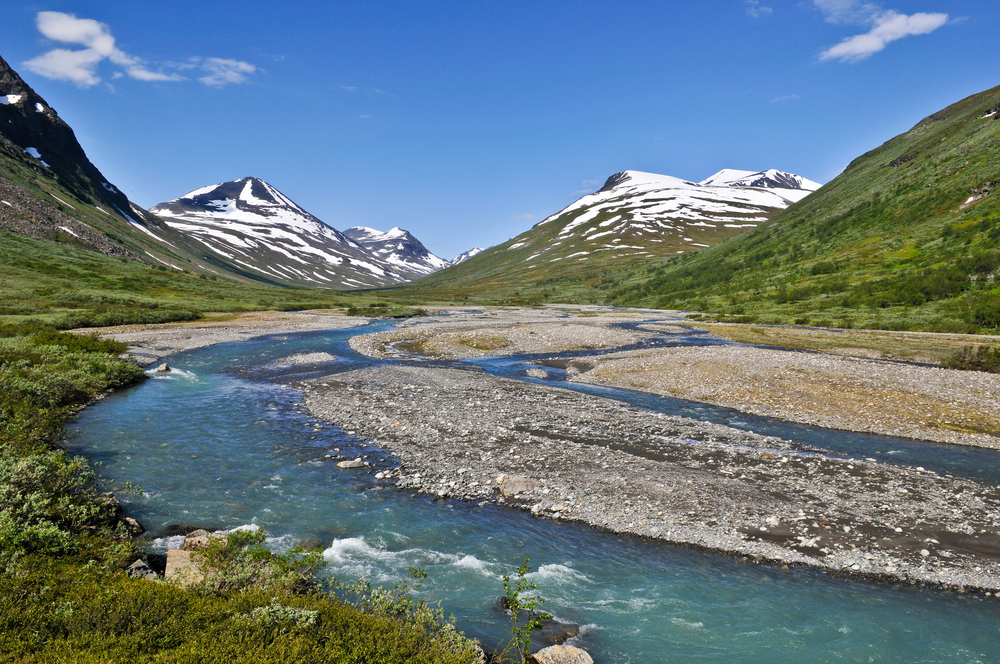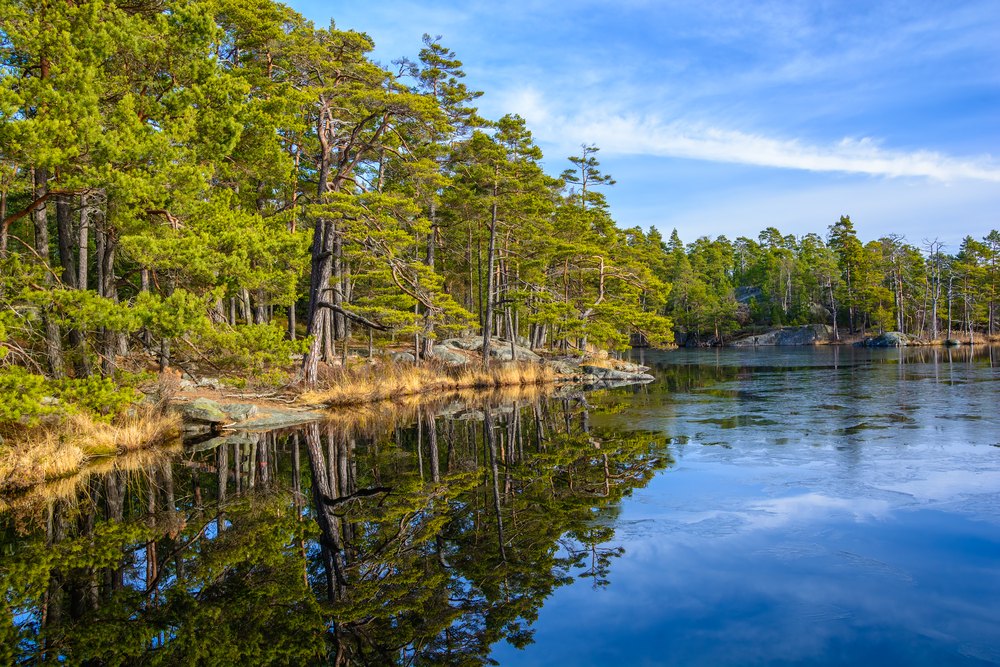Björnlandet Overview
Björnlandet National Park, located in northern Sweden in Västerbotten County, covers an area of approximately 43 square miles (110 square kilometers). This protected area is known for its rugged and wild landscapes, featuring some of Sweden’s most pristine old-growth forests.
The park is named after the Swedish word “björn,” meaning bear, a nod to the presence of these majestic creatures within its borders. Established in 1991, the park is part of a network of protected areas that seek to preserve Sweden’s unique boreal forests and their diverse ecosystems.
Björnlandet National Park is characterized by its dramatic terrain, shaped by the last Ice Age. Towering ridges and deep valleys define the landscape, with steep slopes covered in ancient pine and spruce forests. Many of the trees in the park are hundreds of years old, with some reaching an impressive 500 years in age.
The ground is often carpeted with thick layers of moss and lichen, contributing to the park’s mystical and untouched atmosphere. Large boulders, left behind by retreating glaciers, are scattered across the landscape, adding to the ruggedness of the region.
One of the park’s most remarkable features is Björnberget, a mountain that offers stunning panoramic views of the surrounding wilderness. Visitors who make the trek to its summit are rewarded with sweeping vistas that showcase the sheer scale of the untouched forest below.
Wildlife thrives in Björnlandet National Park, with several notable species calling this remote expanse home. The park’s name reflects the presence of the brown bear, a powerful and elusive predator that roams the forests. Other large mammals include the Eurasian lynx, moose, and wolverine, each of which contributes to the delicate balance of the park’s ecosystem.
Birdwatchers are particularly drawn to Björnlandet for its diverse avian population. Species such as the Siberian jay, three-toed woodpecker, and capercaillie are commonly spotted, while the haunting call of the black-throated diver can sometimes be heard echoing across the park’s quiet lakes. Smaller creatures such as red foxes, pine martens, and various rodents are also found throughout the dense forest, further enriching the park’s biodiversity.
Among the park’s most popular features are its well-maintained hiking trails, which allow visitors to explore its rugged beauty up close. The Björnlandet Trail is a favorite among hikers, winding through ancient forests, up rocky ridges, and past breathtaking viewpoints.
For those who enjoy camping, designated sites provide a chance to experience the park’s solitude overnight. The region’s long summer days allow for extended outdoor adventures, while in winter, the snow-covered landscape transforms into a serene and challenging setting for experienced skiers and snowshoers.
Björnlandet National Park faces conservation challenges, primarily due to its fragile old-growth forest ecosystem. The impact of climate change, including shifting temperatures and altered precipitation patterns, poses a threat to the delicate balance of this boreal environment.
However, Sweden’s commitment to preserving its national parks has led to strong conservation efforts, including habitat restoration and scientific research aimed at understanding the forest’s long-term health. Strict regulations help limit human impact, ensuring that this pristine wilderness remains protected for future generations.








































































